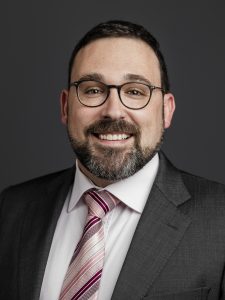With NO LEADERSHIP IN STROKE, it takes almost 10 years to make research useable. That is a disgusting timeline. Every stroke 'leader' should be fired.
If we had any leadership at all in stroke, when these nanorobots were introduced we would have had drug delivery and roto-rooter abilities already accomplished.
Remote-Controlled Nanospears Will Attack Cancer Cells June 2018
Or maybe this solution from March, 2015
Magnetic nanoparticles could stop blood clot-caused strokes
Or this from May, 2012
Future of med devices: Nanorobots in your blood stream
The latest here:
The ANGIE project: a new research programme tasked with developing micro-robots for localised, targeted drug delivery to unblock blood vessels and fight stroke from within
The ANGIE project will develop a radical, new technology for localised, targeted drug delivery based on steerable wireless nanodevices, capable of navigating the body vascular system to deliver drugs where no other instrument can go. ANGIE will offer health professionals vastly improved intervention capacity to tackle multiple chronic diseases and enable them to deliver drugs precisely where needed, with minimal side effects.
Navigating inside the body to treat injured tissues has fascinated scientists and the public for decades, but the required technologies have lagged far behind. Scientists in the ANGIE project believe that they are now in a position to make it happen.
The ANGIE project will be run by a leading group of scientists working in universities, research centres, and innovative companies across Belgium, Germany, Greece, Portugal, Spain, and Switzerland.
This is a much-needed development because stroke is the leading cause of adult physical disability in the world, affecting 17 million people worldwide each year.

Salvador Pane
“This could be averted if we had a way to wirelessly navigate nano-surgeons along the body’s vascular network to deliver drugs directly where needed – on command” said Dr. Salvador Pané, the coordinator of the project.
Achieving such a breakthrough will require advances in fields such as medical robotics, numerical simulation and biomaterials. Also, it needs technical capabilities and facilities that only few organisations have. But even those who do often lack the knowledge to transform scientific knowledge into medical instruments ready for clinical application.
The scientists at ANGIE are confident that their team includes all the required knowledge, experience, and infrastructure to make it happen. For many years they have been building the needed knowledge for the use and control of small-scale robotic systems for different health applications. They recently developed the first system to treat cardiac arrhythmias using electromagnetically steerable catheters and their group includes high-calibre scientists who are often sought for by the World Health Organization, the European Space Agency, and the World Economic Forum for advice. The project has already attracted attention from multinational corporations like Siemens and CLS Behring.
The ANGIE project started at the beginning of this year (2021) and its team will need four years to develop the basic foundations of the technology.
The Consortium consists of a group of four research institutions, three small-medium enterprises, and two non-profit organizations from across the EU.
SAFE is part of the consortium and is responsible for disseminating information about ANGIE to the stroke community.
The project is funded by the European Commission under the Grant Agreement number 952152.
No comments:
Post a Comment